
The Business of Fashion
Agenda-setting intelligence, analysis and advice for the global fashion community.

Agenda-setting intelligence, analysis and advice for the global fashion community.
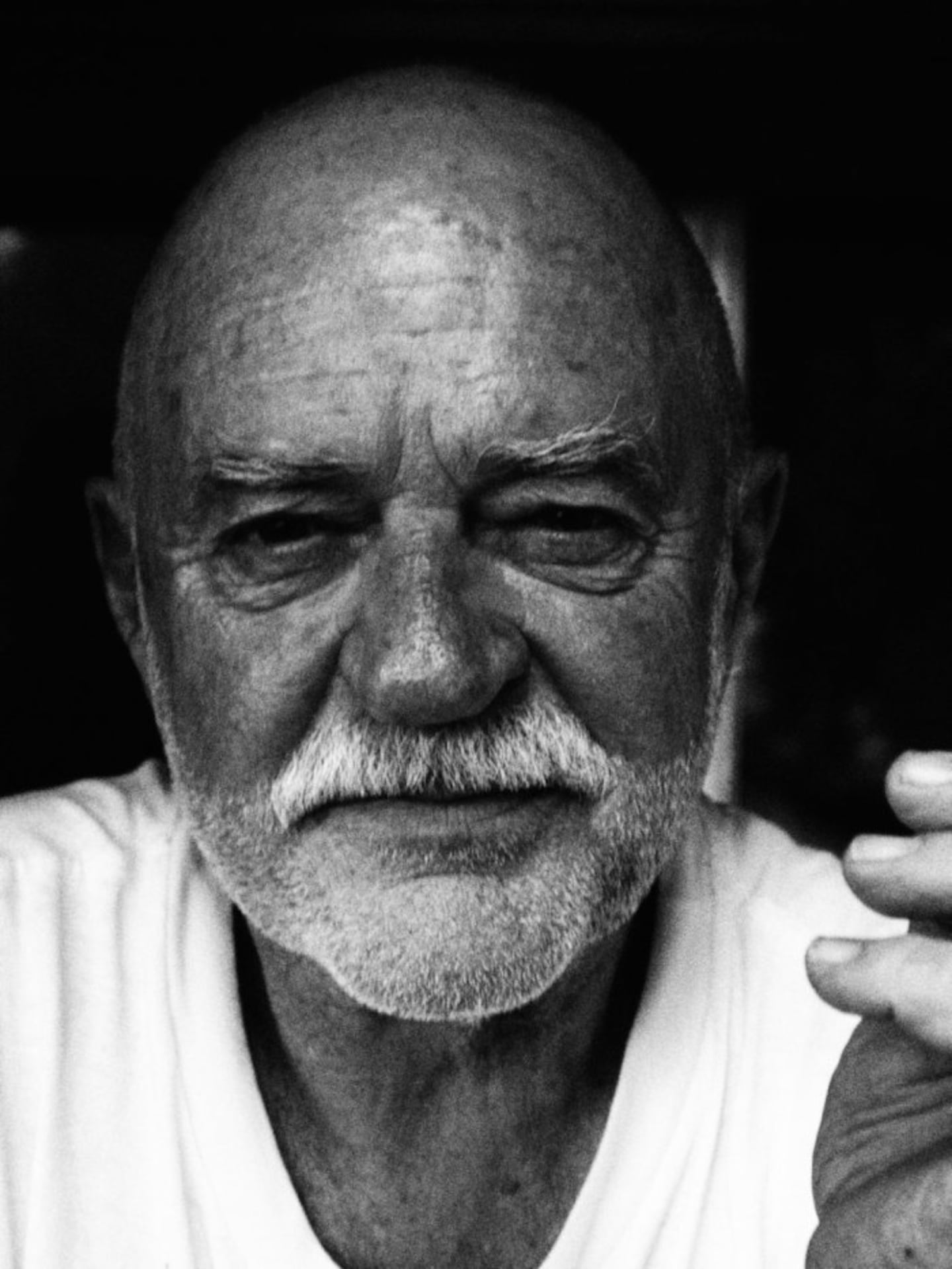
PARIS, France — “I love women. I have a lot of respect for women and find them more interesting than men. The person I am drawn to is intelligent, strong and beautiful. Women are the main reason I became a fashion photographer.”
So says Hans Feurer, the septuagenarian Swiss lensman, who has turned his admiration for beautiful women into a genre-defining career, all while embracing his irrepressible wanderlust and hunter's sense of adventure, living a life that is the stuff of literature: over the course of five decades, Feurer was almost crushed by a hippopotamus, spent time in a Malawi prison and lived a high-rolling life while working in advertising at the height of one of London’s most fabled decades.
The instantly recognisable characteristics of an iconic Feurer image are a grand outdoor setting bathed in natural light, a palpable sensuality and a bold juxtaposition between layers of rich fabric and female form. All of it rendered in lush, cinematic colour with minimal retouching. "Life is colour, I see everything in colour, so 40 years ago I decided to only photograph in colour," says Feurer.
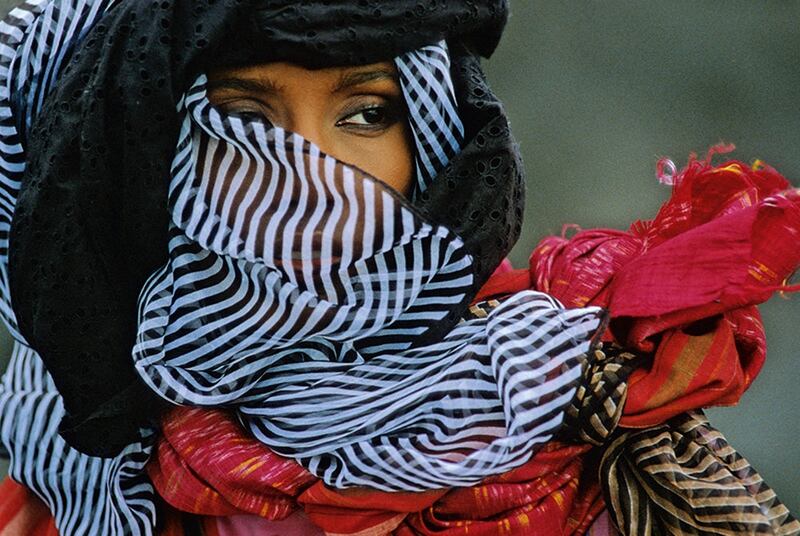
His aesthetic is epitomised by the images of a very young Iman he shot for the fashion designer Kenzo Takada in the early 1980s on Lanzarote, a Spanish island off the coast of West Africa. “I wanted to go to a volcanic Island with Iman, because it’s the beginning of all life on earth. I liked the blackness of the lava and I found that light had a very special effect in relation to that black rock.”
ADVERTISEMENT
The son of a Swiss-Italian mother and a Swiss-German father (what he calls “mountain stock”), Feurer grew up near Zurich. Because his father left the family when he was very young, Feurer was forced to look after his two younger brothers and learnt to earn a living at an early age, an experience that, he says, gave him a sense of responsibility and self-sufficiency that have stayed with the photographer as an adult. “I had to work after school in the evenings. I had no choice. But it taught me that whenever there is a problem you have to find a solution. As a result, I am a good troubleshooter. The more difficult the situation, the better I am. I don't give up, I actually become stronger.”
From a young age, Feurer knew he wanted to go to art school. "I was always drawing and it was evident that I had a creative streak." Precociously gifted, Feurer got into one of Zurich's art academies when he was only 14 years old. But after three years, he dropped out and went to work as an illustrator. "I earned my money in all sorts of ways," he says, "even decorating windows."
Feurer had been taking photographs since he was nine years old with an old camera he bought in an antique shop. But at the time, “photography was just part of my life, I had no intention of becoming a photographer,” he explained.
When he was 20, Feurer took a train to Paris (“I remember I had 500 Francs in my pocket”) and soon landed a job as an assistant at the advertising agency J. Walter Thompson. What happened next is typical Feurer. “Very quickly, because of a love affair with a very beautiful Chinese lady, I had to leave Paris with her,” he says, explaining why he transferred to the company’s London office in 1962.
Feurer arrived in London when he was 22 years old. In his free time, he started doing what he calls “fantasy campaigns” for some of the agency's actual clients, which he then showed to his creative director. "They thought it was quite brilliant and within a short span of time I became an art director." He recalls these years as a swell, high-rolling period. "I was always on a plane to a shoot in Los Angeles, Paris, New York — and I made a lot of money. I had two AC Cobra [sports cars] and even took part in races in England. I was having a real flash life.”
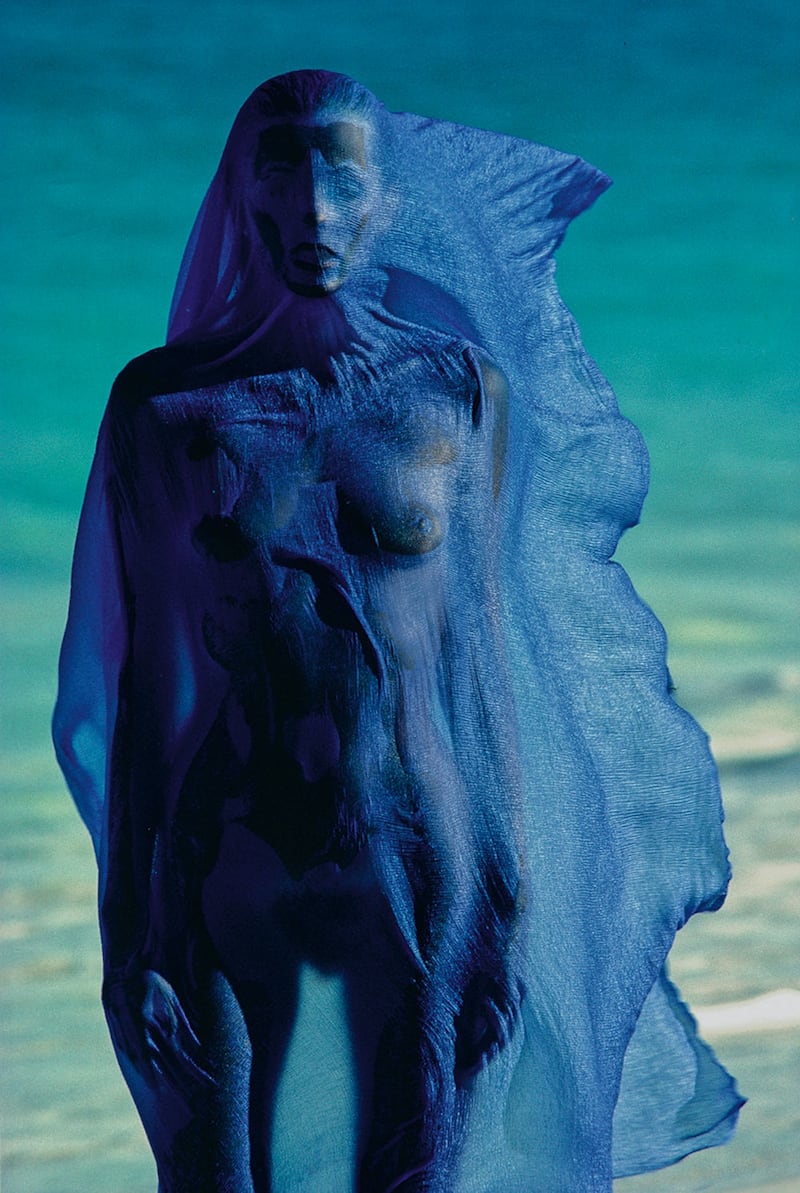
Feurer worked on many major advertising campaigns and went on to redesign The Telegraph’s magazine supplement. During his time as an art director, Feurer also collaborated with legendary photographers like Helmut Newton, Frank Horvat and William Klein, though he himself wasn’t yet behind the camera. “It was extraordinary, they were big influences on me.”
It would take a life-changing adventure for photography to become Feurer’s profession. One day in 1966, having grown restless, Feurer decided to turn his back on the glamorous niche he had built for himself in London. "I felt I really wanted to live some adventures." Africa, a continent on which Feurer had never set foot and knew only from books, was calling. Feurer quit his job, bought a Land Rover and shipped himself to Cape Town.
"I spent two years traveling across Africa, sleeping by the fire and having amazing adventures. I am very lucky I survived because I got myself into some pretty hairy situations. I almost got trampled by a hippopotamus, got shot at a few times and spent 10 days in a prison in Malawi. But it was incredible."
ADVERTISEMENT
I realised that behind fashion there is always a dream and that my job was to try to understand what that dream is and who the woman wants to be and to enhance that in a way to make the dream real.
Apart from satiating his need for adventure, Feurer’s time in Africa was a crucial catalyst of the visual aesthetic that, decades later, has come to define his work. Indeed, it was here that Feurer discovered his exceptional sensibility for light. "These 2 years travelling around Africa marked me tremendously in many ways, but also visually, in terms of what I see and how I see things. I found myself in some pretty magical situations. I would see women go out to get water in the early morning light and they had a glow around them. I was awed and started to develop a feeling and understanding for the magic of light and shadow."
Soon, missing the pleasures of a European capital — “bars, good food and women” — Feurer returned to London. But not before having made a decision, "I thought the most fantastic thing to do would be to be a fashion photographer, because of all those beautiful women." Back in London, Feurer sold his Land Rover and used the money to set himself up with proper equipment and a studio.
Unlike many others, Feurer never struggled as a budding photographer. "I had it quite easy from the beginning in this field," he admits. "I took of like a rocket." Indeed, before long Feurer was working for the British and French editions of Vogue magazine. Allowing him to experiment and define his style, Feurer also often worked for several boundary-pushing niche titles, whose risqué editorials would sometimes lead advertisers to pull their campaigns. "I did a series in Nova magazine early on, which was my first milestone as a fashion photographer," said Feurer, referring to the radical women’s publication founded by the photographer and art director Harri Peccinotti, a close friend and mentor of Feurer. At the time, the magazine stood out for speaking to a woman's intellect rather than her baking skills, as well as for its innovative creative direction.
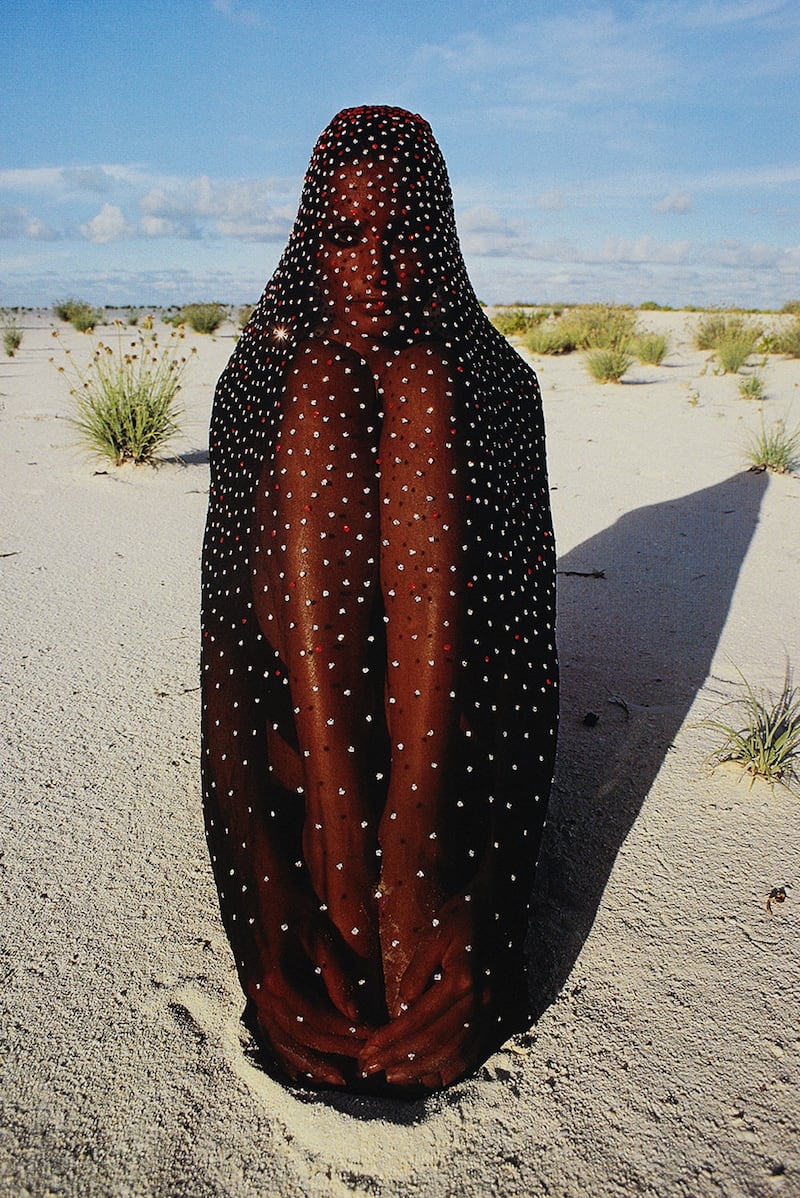
“I was part of a movement, it was the beginning of Swinging London,” recalled Feurer. “My studio next to Portobello Road was very similar to the studio of John Cowan (the photographer whose studio was used by Michelangelo Antonioni’s for his era-capturing film Blow-Up). What set me apart is that I was not respecting existing rules. But it was part of the time. It was extraordinary, all of a sudden young people with new ideas were given a chance to be heard. Whereas before it had been a very stiff, established, hierarchical society, now if you were young and talented, you had possibilities.”
Importantly, for Feurer, creating fashion images had gone from being a hobby to a profession in which he realised he could leave a personal mark. "At first my main motivation had been beautiful ladies, which I had more than enough of. But then I started to really get into fashion photography and to think about what fashion really is and try to understand what it serves. I discovered that when a woman makes a choice to dress a certain way there is an aspiration behind it. She is trying to project an image of herself that appeals to her.”
“I realised that behind fashion there is always a dream and that my job was to try to understand what that dream is and who the woman wants to be and to enhance that in a way to make the dream real. That is still my central preoccupation as a fashion photographer.
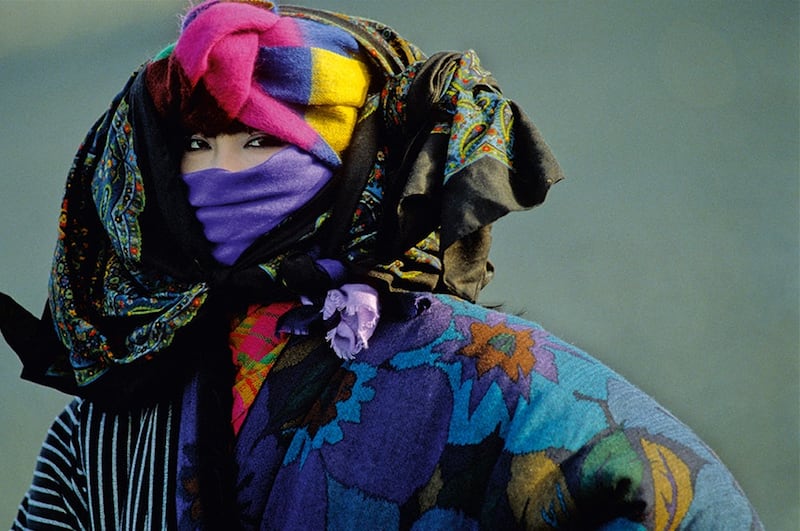
How does Feurer go about making dreams come true?
"Sensuality has always been one of my things. I don't do sterile, formal pictures. I like to make pictures that provoke an emotion and affect you in your feelings. For that, both the woman and the clothes need to come alive. So I tend to photograph in movement and then try to catch a very particular moment, the moment where a mood or a feeling reveals itself and you can see that the clothes are part of life and are being lived in."
ADVERTISEMENT
Feurer is known for a rigorous process that allows him to capture that elusive moment with his camera. "I am, in essence, a Zen Buddhist, in my whole life philosophy. And this attitude also informs how I work. I live for the moment, the realness of it. So at some point, years ago, I decided to simplify and eliminate as much as possible out of an image. To have in the picture only the essence of what really matters and leave out all the rest." It was this objective that led him to use the tele-lenses that, along with his expert handling of natural light, have become a Feurer trademark. "I love light and shadow and always observe very carefully what happens with light."
Feurer's best-known images were created in collaboration with the Japanese designer Kenzo Takada, founder of the Kenzo brand. The photographer recalls how Takada gave Feurer carte blanche: "When he called me to work on his campaign, I asked him, 'And what if I just want to do a close-up of a beautiful woman’s eye?’ He answered, ‘Then that's what you will do. You can do whatever you want.'" Among the results of their work was the seminal Kenzo campaign featuring Iman.
Feurer credits part of the campaign's lasting impact to Françoise Havan, the stylist he worked with on the project. Dispelling the notion of an egocentric fashion photographer, Feurer speaks reverentially about the stylists he works with, seeing them as equals in what is very much a team effort. He points out Caroline Baker from his London days and, more recently, Marie Chaix, in addition to Ha Van, as exceptional partners without whom some of his greatest work would not have come to fruition.
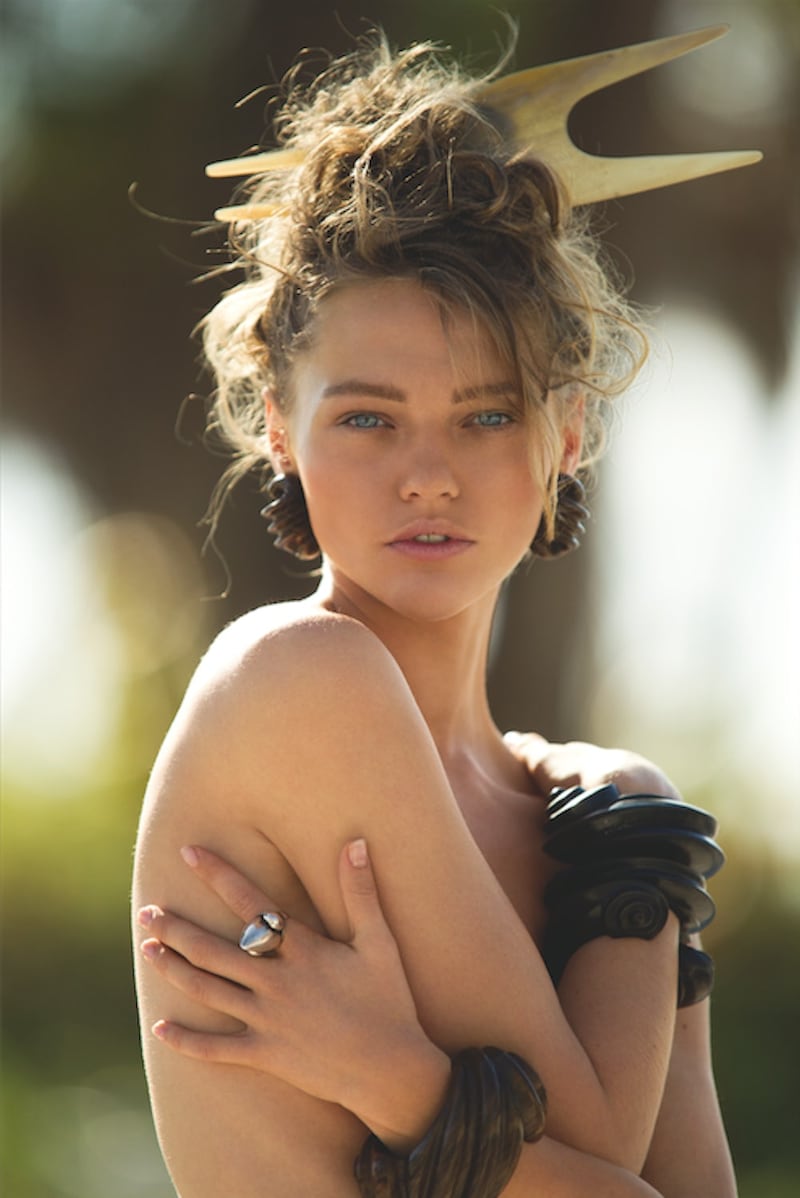
Yet Feurer admits he is not always easy to work with, thanks to his strong opinions and his taste for having things his way. “Every job I do I try to solve from scratch and like to do it in the way I feel I have the best chance to get an interesting picture.” He believes he has been banned from the pages of an important American fashion bible, which he leaves unnamed, because he refused to work with a certain model, preferred by the magazine’s influential editor.
Working with Feurer can be gruelling for the models too, as he is quick to point out: “It's very demanding on the model. She has to be fully concentrated and know exactly what she has to do and do it with conviction.”
For young photographers aiming to follow in his footsteps, Feurer advises: “I would just say go for it and try it all.” Indeed, the tireless, adventure-loving lensman is living proof that it works. “I love this planet. I have lived with Eskimos in Greenland and have fished in all the African lakes and rivers and all the seas of the world. I must say I’ve had a very fulfilling life.”
In an exclusive extract from her new memoir ‘How to Make Herself Agreeable to Everyone’ the model and activist examines the dark side of the industry — and her complicity in it.
Brand architect and art director joins BoF founder and editor-in-chief Imran Amed to discuss the philosophy that underpins his groundbreaking retail and hospitality concepts.
Avery Trufelman, host of the fashion podcast “Articles of Interest,” joins BoF founder and editor-in-chief Imran Amed to discuss the multi-faceted layers behind the aesthetics of fashion.
The award-winning director of ‘High & Low: John Galliano’ tells Tim Blanks why the designer doesn’t expect forgiveness but would love a little understanding.